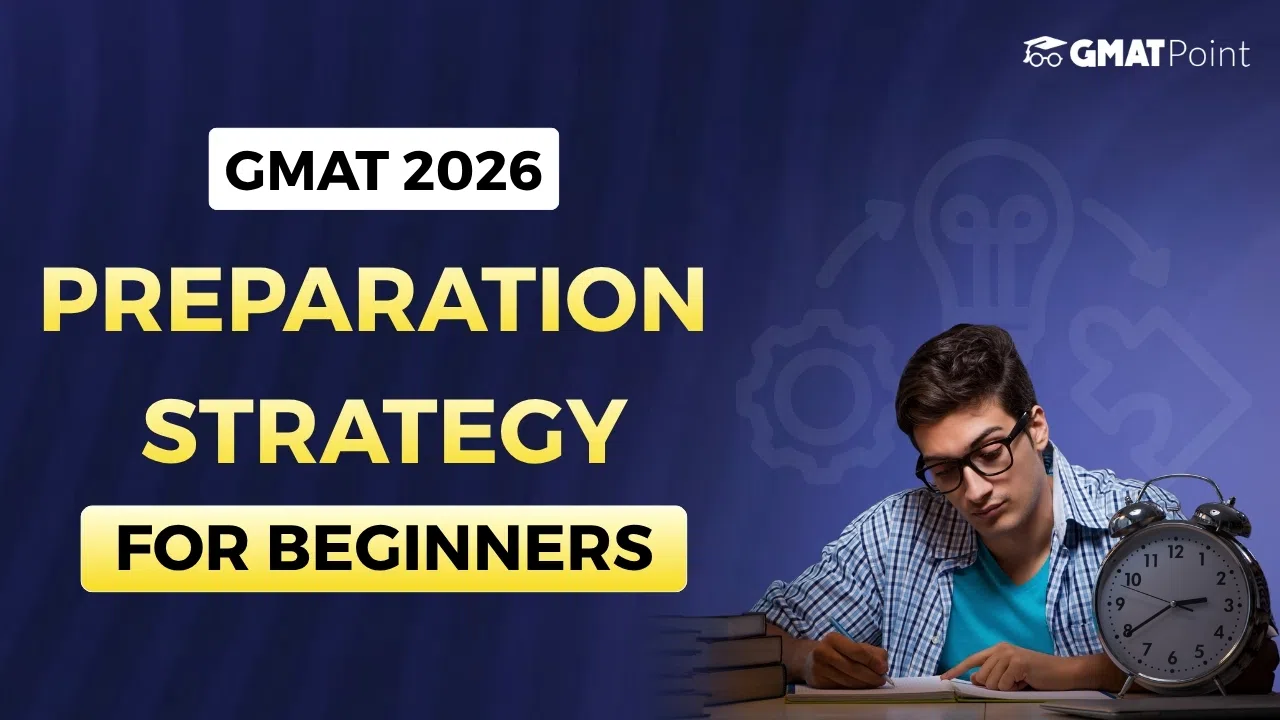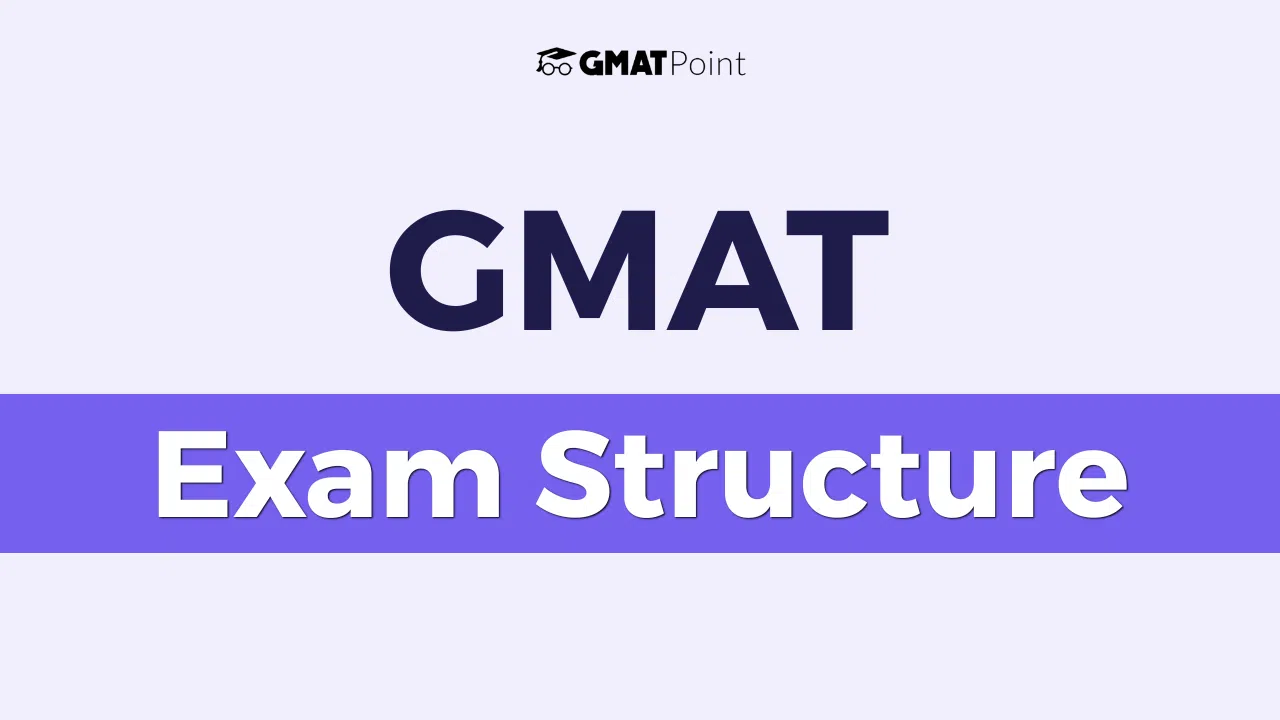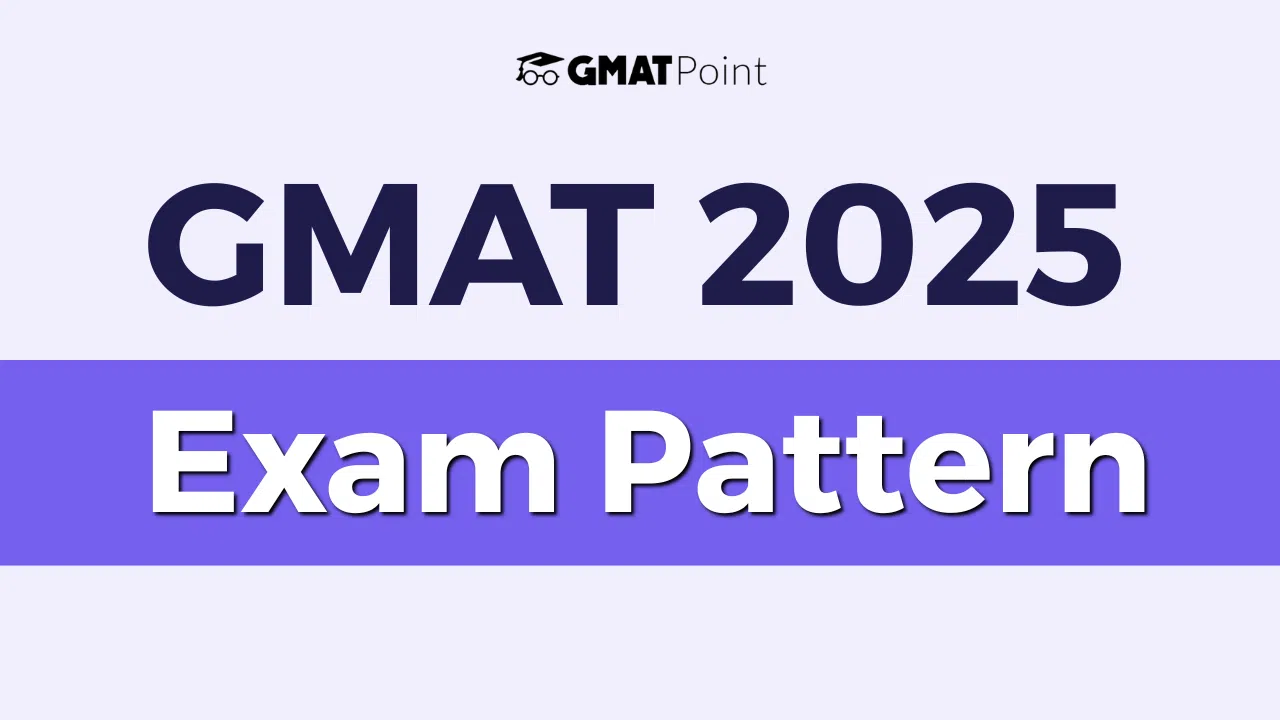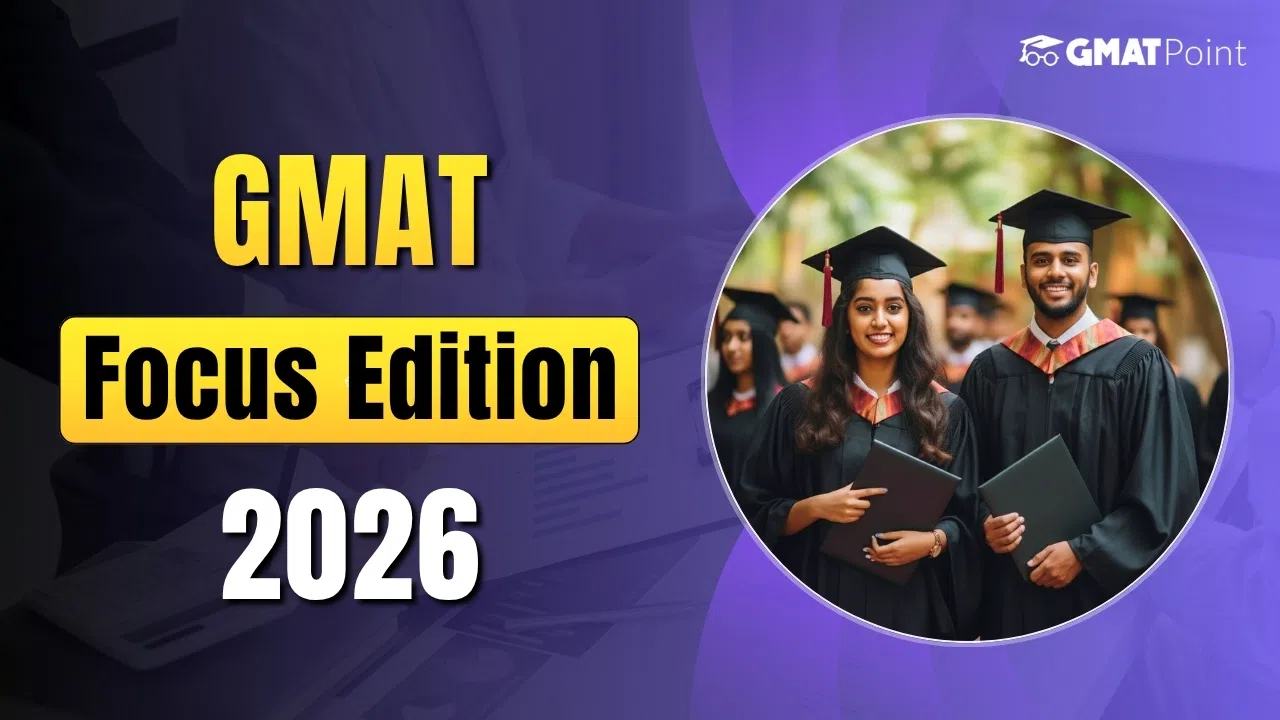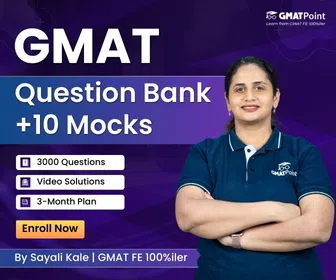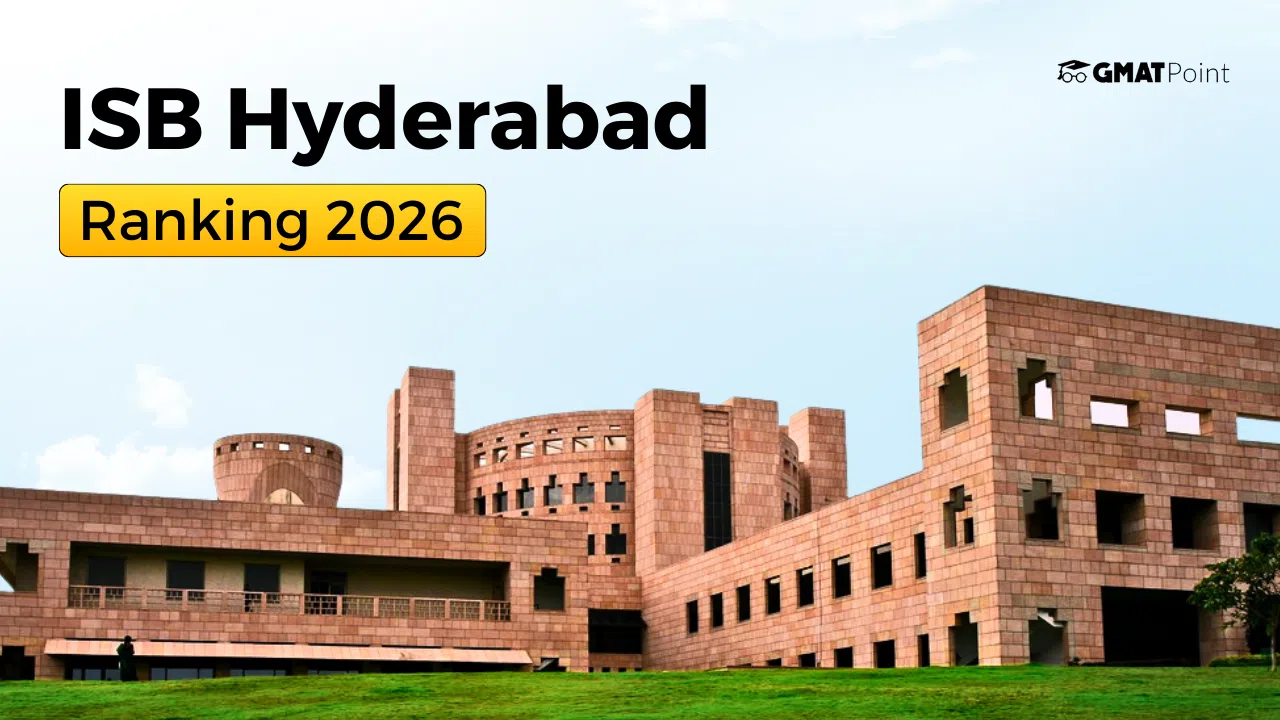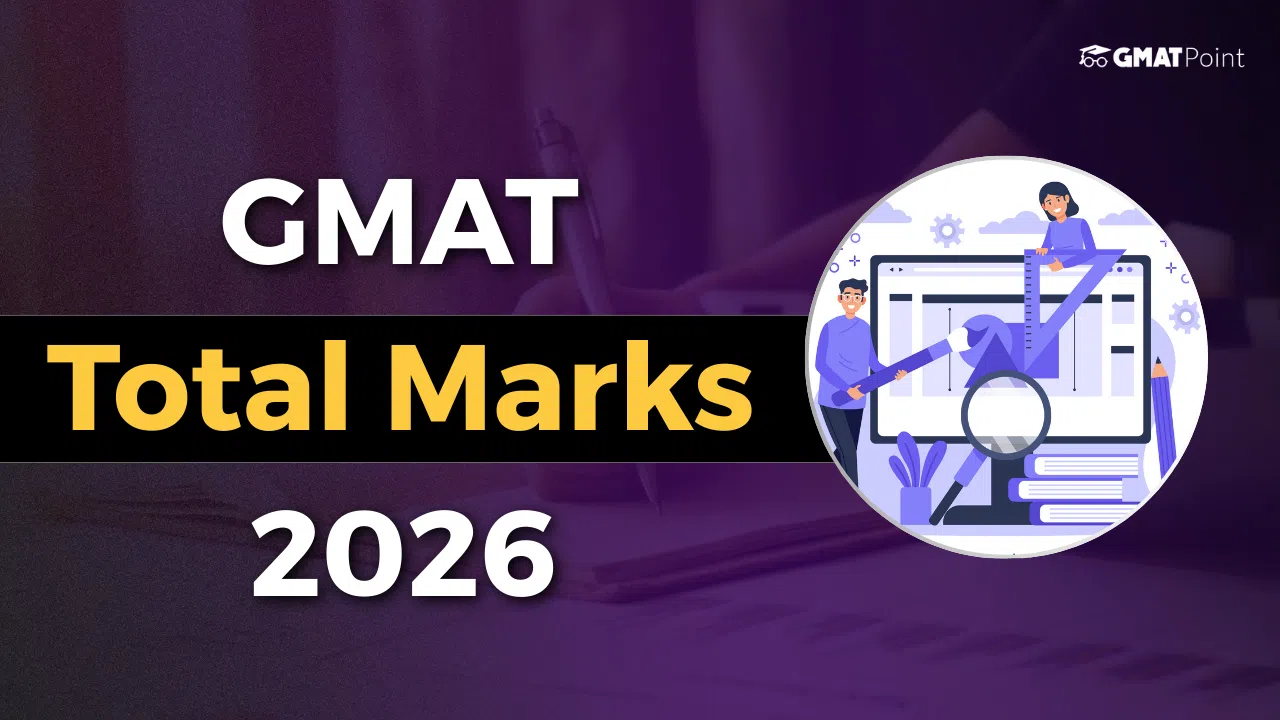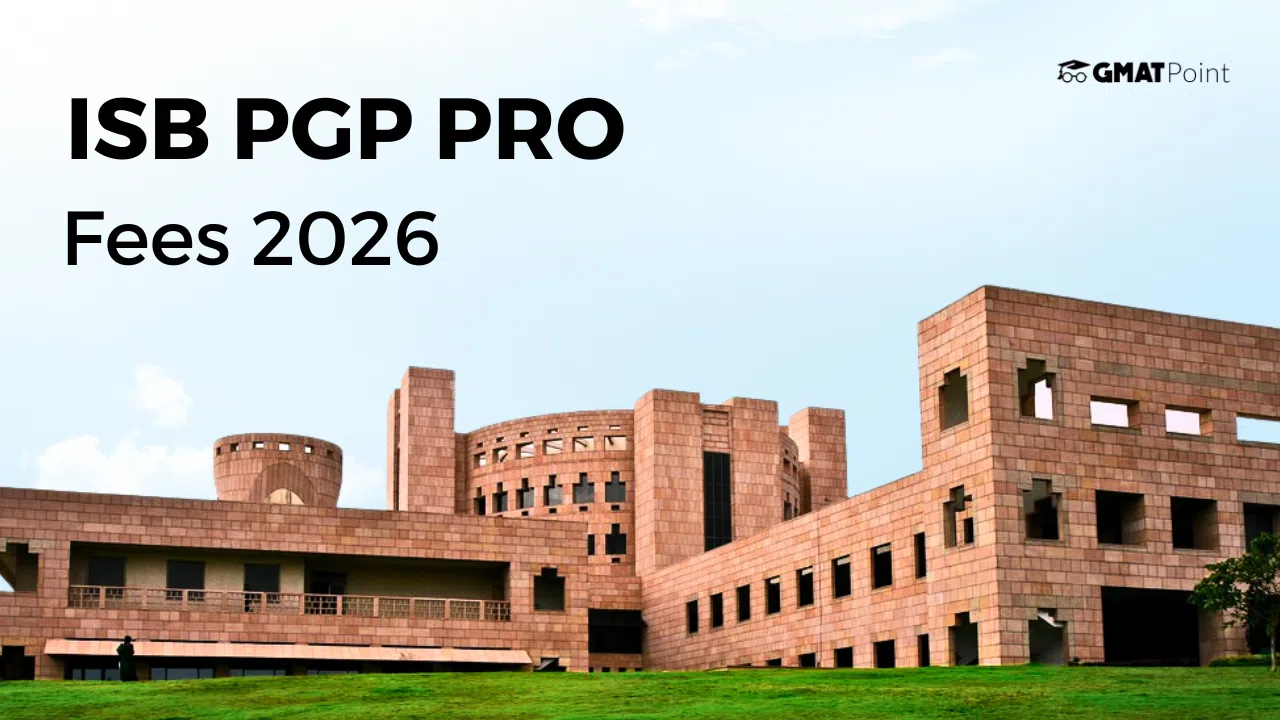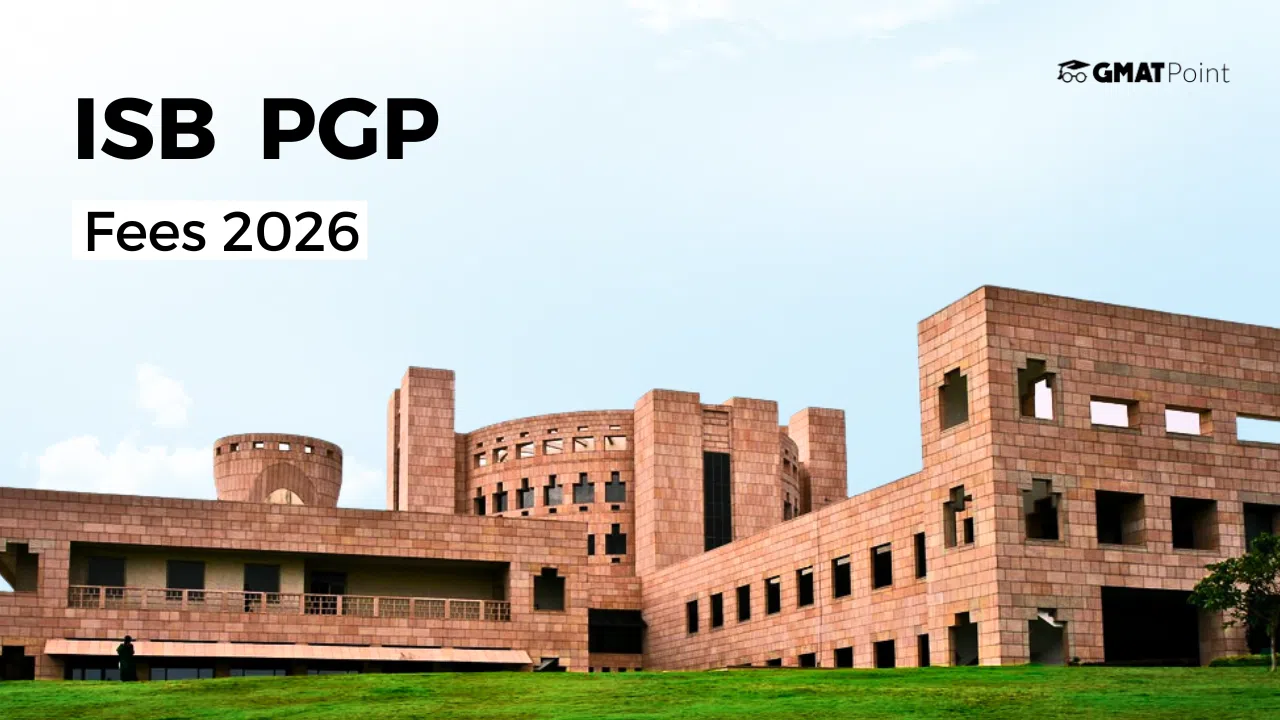GMAT Focus Edition VS GMAT
The Graduate Management Admission Test (GMAT) has been the flagship global business school entrance examination. The GMAT is indeed a very important test for aspirants looking to be admitted to top business schools worldwide.
The GMAT exam was conducted by the Graduate Management Admission Council (GMAC). In 2023, the Graduate Management Admission Council (GMAC) replaced its old traditionalGMAT exam with the GMAT Focus edition, which is a shorter and modern version. In simple terms, the GMAT Focus edition is an evolved version for easier preparation and reduced syllabus load.
This blog explains the complete comparison between GMAT Focus Edition and GMAT, and everything you need to know before choosing between the two.
GMAT Focus Edition vs GMAT: Key Differences Explained
GMAT Focus Edition differs from classic GMAT exam in various aspects such as number of sections, Time duration, sections scoring pattern, number of questions, flexibility and many more. These GMAT changes aim to enhance the overall GMAT experience. You can take a GMAT mock test to understand the new GMAT focus edition pattern and key changes in the exam.
Below the table explains the key difference between GMAT Focus Edition and classic GMAT exam
Features | GMAT Focus Edition | Old GMAT Exam |
Sections | GMAT Focus Edition consists 3 Sections namely
| The classic GMAT exam includes 4 Sections
|
Exam Time duration | GMAT Focus Edition exam duration 2 hrs and 15 minutes | Classic GMAT exam duration 3 hrs , 7 minutes |
Individual section duration | 3 sections
| Each section has different duration
|
Sections weightage | All sections are equally weighted to calculate total score | Only 2 sections are equally weighted to calculate the total score (Quantitative reasoning, verbal reasoning) |
GMAT total score range | 205 - 805 | 200 - 800 |
Total number of questions | 64 questions | 80 questions |
Question type | All multiple-choice questions (MCQ) | Multiple choice questions (MCQ) + One essay |
Score Validity | 5 years | 5 years |
Review and modify features | Select and review as many questions. Modify up to three responses in each section. | Not applicable |
Score sending | Once you get your results from the online and in-person tests, you can send them to five other institutions for free. | Before the test begins, you may send your results for free to five different institutions. |
Section Order | Flexible: candidates can select the order of their own choice | Fixed; limited flexibility |
Read More: GMAT Exam Pattern 2025, Section-wise Marking Scheme
Understanding the Changes in GMAT Focus Edition
The GMAT Focus Edition is a modified version of the old traditional GMAT exam launched by the Graduate Management Admission Council (GMAC). The purpose of the GMAT Focus Edition is to focus on the modern skills that are necessary for top business schools worldwide.
Here, we discussed in detail the important changes in the GMAT exam
The Number of Sections Decreased from 4 to 3:In contrast to the standard GMAT , which is composed of four sections, the GMAT Focus Edition has been simplified to three main sections, consisting of Quantitative Reasoning, Verbal Reasoning and a Data Insights section, which is newly developed. By lessening the total sections, the Focus Edition is designed to provide a more streamlined and efficient assessment process for testing, allowing the student to display their skills without unnecessary added distractions.
Addition of New Section - Data Insights: An important new feature in the GMAT Focus Edition is the introduction of the “Data Insights” section. This section is all about evaluating a candidate’s ability to understand, interpret, analyse and draw conclusions from data - a skill that is growing in value both in business school and in the workplace. The Data Insights section assesses a candidate’s proficiency in working with quantitative information and is designed to help differentiate those who are capable of making decisions informed by data.
Score Reports Sending: Sending score reports has improved from the previous GMAT to the GMAT Focus Edition. Score reports are usually issued within 3-5 days, which allows candidates to distribute their scores to business schools quickly. This process is particularly advantageous for applicants working under a tight deadline, which can facilitate a quicker application process.
Scoring Scale :The GMAT Focus Edition has introduced a new scoring scale reflective of the GMAT's new format and shift to a focus on data insight and critical thinking. This new scale is designed to provide a clearer picture of the candidates' actual abilities while simultaneously providing admissions departments with a more accurate evaluation of skills relevant to success in graduate school.
Duration of the Test Has Decreased: The GMAT exam duration decreased from 3 hours and 7 minutes to 2 hours and 15 minutes. The GMAT Focus Edition was purposefully created in a shorter length, and test takers wanted a shorter experience from the exam. Less time makes the exam less intensive and assists in maintaining focus and reducing test fatigue. Even with a shorter time limit, the focused edition still has all the necessary testing components to determine a student's readiness for business school.
Types of Questions:In the GMAT Focus Edition, question types have been modified to focus on assessing your critical thinking, data reasoning, and problem-solving skills. These skills increase relevance in today's business environment, where professionals are expected to make informed, data-oriented decisions. There are still many of the more traditional Question types used in Quantitative and Verbal, but with elements grounded in everyday reasoning, the question types become more authentic and realistic.
Review and Bookmark of Questions:The GMAT Focus Edition includes the ability to bookmark a question during the exam and then review your response to that question at a different time. You are also permitted to visit any bookmarked question during the administration, and you can edit your response to any three questions. This allows a higher degree of control of the experience by taking some of the pressure off immediately deciding the final answer, and assists with your timing decisions.
Strategic Preparation :The GMAT Focus Edition will require a more focused strategy due to the new structure and focus of the exam. Test takers should focus on improving their data analysis skills, developing their critical thinking skills, and practising the integrated reasoning question types. It may also be helpful for students to practice using the bookmark and review feature, as students may want to think about an overall strategy for managing their time through the exam. By focusing on these areas, test takers will be prepared to display to their preferred business school their readiness to succeed on the GMAT Focus Edition.
Eliminated Lifetime Limit of 8 Attempts:In the old GMAT exam, there was a lifetime limit of eight attempts at the GMAT, which prohibited test takers from taking the GMAT exam more than eight times in their lifetime. The GMAT Focus edition has eliminated this lifetime cap, therefore allowing test takers to attempt the exam an unlimited number of times in their lifetime. The prior limit of 5 times in a calendar year has not changed, but it does provide more flexibility for students to try to improve their scores.
Read More: GMAT Syllabus 2025, Exam Pattern, Section-Wise Syllabus PDF
GMAT Focus Edition vs GMAT: Score Comparison
A higher GMAT Focus Edition score gives you a stronger percentile, which shows how well you performed compared to other test-takers. As the score increases, the percentile rises sharply, especially in the top range. This table helps you quickly understand how each score maps to its corresponding percentile.
GMAT Focus Edition Score | GMAT Score | Percentile |
805 | 800 | 100.00% |
805 | 790 | 100.00% |
795 | 790 | 100.00% |
785 | 790 | 100.00% |
785 | 780 | 100.00% |
775 | 780 | 100.00% |
765 | 780 | 99.90% |
755 | 780 | 99.90% |
755 | 770 | 99.90% |
745 | 770 | 99.80% |
735 | 770 | 99.70% |
735 | 760 | 99.50% |
725 | 760 | 99.40% |
715 | 760 | 99.20% |
715 | 750 | 98.70% |
705 | 750 | 98.60% |
695 | 750 | 98.10% |
695 | 740 | 97.90% |
685 | 740 | 96.90% |
Read More: GMAT Preparation Strategy for Beginners 2026, Study Plan PDF
Advantages of GMAT Focus Edition
Advantages of the GMAT Focus Edition include a shorter test period (2 hours and 15 minutes), greater attention to data analysis skills, as well as candidate-friendly options, including the ability to order sections according to student preference, review and change answers, and no Analytical Writing Assessment. Here's the detailed analysis of the advantages of the GMAT Focus Edition
Shorter exam Time Duration: The GMAT exam time Duration decreased to 2 hours and 15 minutes from 3 hours and 7 minutes.
Fewer questions: The new GMAT Focus Edition has 64 questions instead of 80 questions in the old traditional GMAT exam
Reduced syllabus (fewer sections): Analytical Writing Assessment (AWA) section removed from the syllabus.
Able to review and edit the responses: In GMAT Focus Edition, Candidates can review and modify up to three responses per section.
Flexible section order: Candidates decide to take the three sections of the exam in an order of their own strengths.
Optional 10-minute break: the candidate may decide when to take their optional 10-minute break.
A more flexible score reporting: After you receive your scores, you can choose schools to mail them to, so you have more control over the process.
In addition, it gives the added advantage of faster score reporting times and provides candidates with performance insights on their Official Score report at no additional cost.
Drawbacks of GMAT Focus Edition
The new GMAT Focus Edition has some drawbacks when compared to the previous GMAT exam. Here's the detailed analysis of the drawbacks of the GMAT Focus Edition
Adaptation to New Format : The GMAT Focus Edition represents a significant change from the traditional GMAT format, and candidates will need to adapt their preparation strategies accordingly. This may require a learning curve for those familiar with the classic GMAT Exam structure.
Inclusion of Data Insights Section : Since the new Data Insights section was added to test one’s data analysis and interpretation skills, some students may not be familiar with it.
High Scoring Scale: The score scale has shifted (205-805), so scores that were once considered good on the classic GMAT might not sound the same on the Focus Edition (e.g., a 645 on the Focus Edition is equivalent to a 700 on the classic GMAT, at the 86th percentile). This requires a psychological adjustment and understanding of percentiles when setting goals.
More marks on a per-question basis: Perhaps fewer questions mean higher stakes per question, the consequences of which can increasingly pressure and stress candidates
Removal of geometry: questions from the classic GMAT format.
Read More: GMAT Previous Year Question Papers, Section-Wise PDFs
GMAT Focus Edition VS GMAT: Conclusion
The GMAT Focus Edition is made to give students a quicker, easier, and more useful test experience. It has fewer sections, a shorter exam time, and a new Data Insights section that checks how well you understand and analyze data. These changes match the skills top MBA colleges look for today. The option to choose your section order, review questions, edit answers, and get faster score reports makes the exam more comfortable and student-friendly.



